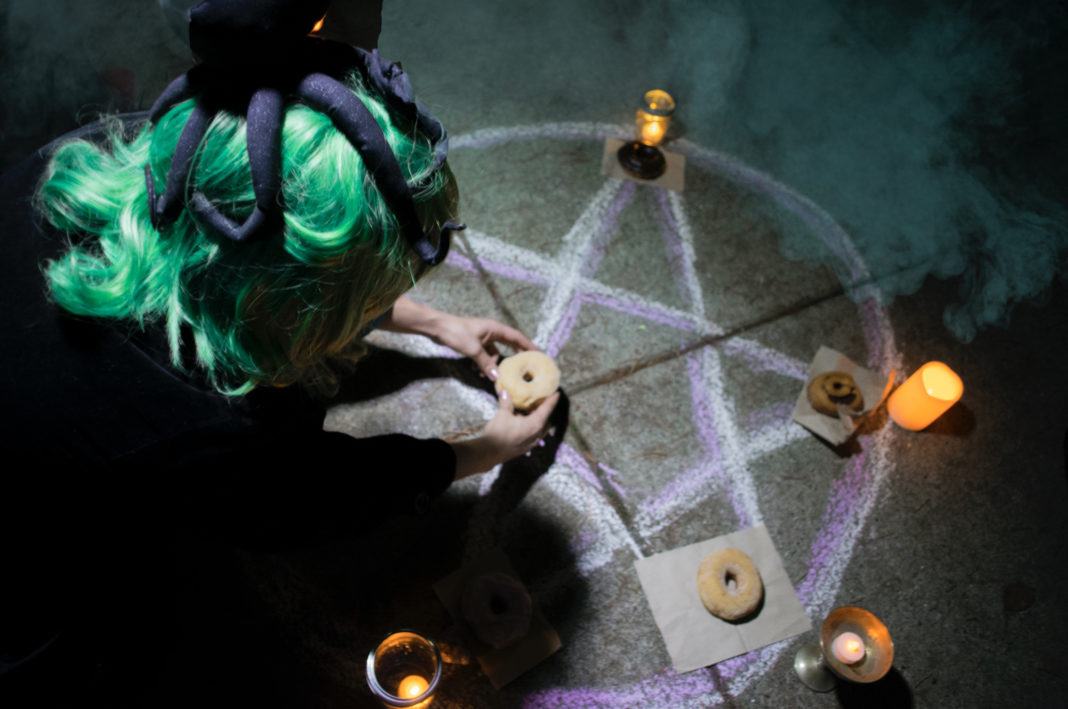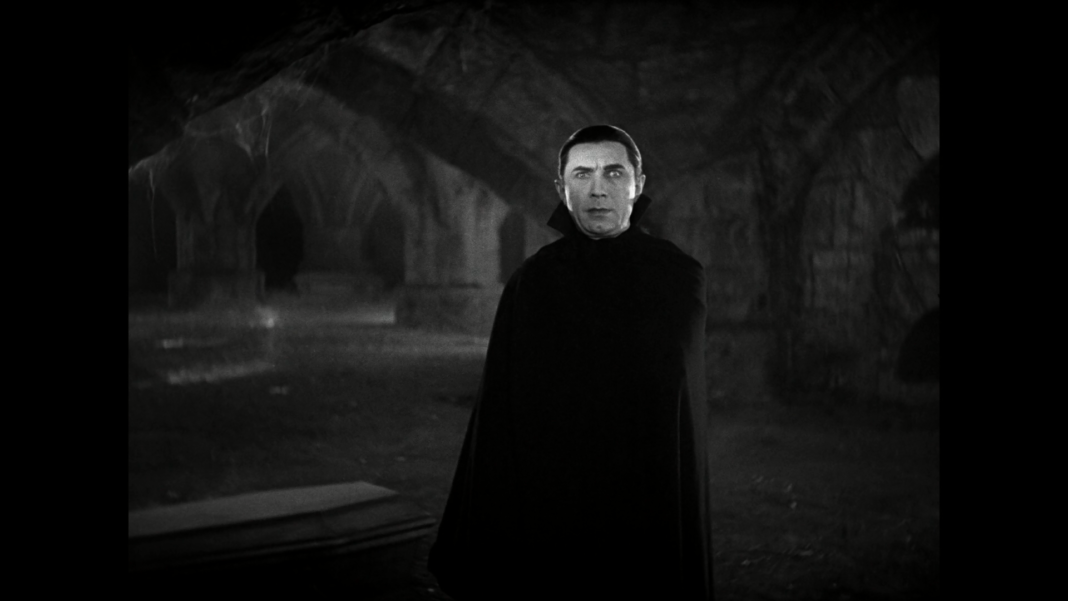Given current popular belief, modern scholarly theories on the origins of Halloween may be a little surprising. The origins of Halloween as we know it began with Samhain, a traditional Celtic Holiday on Nov. 1. Once thought to be the name of the Lord of the Dead, Samhain more likely means the end of summer. The celebration started on Oct. 31 and lasted until Nov. 2.
This Celtic holy day, placed directly between the Summer Equinox and Winter Solstice, was originally a celebration of the harvest. It was also a time when yearly debts had to be repaid, and many animals were slaughtered. It is unclear whether or not these animals were slaughtered as a sacrifice or if it was just common practice at the end of the harvest. However, the Celts did believe the night of Oct. 31 was the one day of the year when the veil between the natural world and the spirit world fell.
They believed ghosts, spirits and even fairies could cross over at this time and play tricks on the living. Some of these tricks included releasing animals and the destruction of crops and property. A record exists of bonfires and dancing while wearing masks and costumes to ward off the tricky spirits and keep them from destroying the newly harvested crops.
How did Halloween morph from this traditional Irish and Scottish Celtic celebration into trick-or-treating, pranks, parties and the supposed holiest day of witches and Satanists?
Believe it or not, a lot of that is the influence of Christianity. In 601 CE, Pope Gregory I created an edict regarding the conversions of indigenous peoples. His plan was not only to convert the peoples but also to convert their rituals. In short, the missionaries should appropriate their rituals instead of abolishing them.
St. Patrick helped facilitate the appropriation of Samhain and its conversion to All Saints Day. Originally, All Saint’s Day took place on May 31. In 837, Pope Gregory IV decreed All Saints Day would now occur on Nov. 1 church-wide. Furthermore, Oct. 31 became All Hallows’ Eve and Nov. 2 became All Souls Day. On Oct. 31 the harvest would be celebrated, on Nov. 1 prayers would be sent to the saints, and on Nov. 2 the poor would pray for the souls of those in purgatory in exchange for food.
To understand how Protestant Christians began to associate Halloween with Satanism, two events must be taken into consideration.
The first of these events occurred in the Dark Ages: the Black Plague killed almost 60 percent of Europe’s population. At this time, skeletons and Grim Reapers made their way into the celebration. It has been hypothesized that through the integration of the Celts into Christian society, they were able to maintain some of the original meaning of Samhain. Therefore, these symbols of death were employed to scare off the plague or trick the demons causing the sickness into thinking inhabitants of the house were already dead.
The second event was the series of thousands of witch trials throughout the 16th and 17th centuries. They started in Europe and eventually spread to New England. The witch trials resulted in somewhere between fifty- to a hundred thousand executions, according to the most conservative estimates. These estimates do not include those tortured and imprisoned.
In America, the actual celebration of Halloween was not recorded until the 1840s, a time when many Scottish and Irish people immigrated to the United States. As early as 1875, many people other than just the Irish and Scottish immigrants reportedly celebrated Halloween in the U.S.
One of the first traditions mentioned is the Jack O’ Lantern. Originally, they were hollowed out beets and turnips with a candle placed inside to light the streets. In 1919, reports of soaping windows, tipping outhouses and eggings were first reported in Minnesota. In 1943, Anoka, Minn. became the first city to host an actual celebration on Halloween. The festival included bobbing for apples and hayrides, the main purpose of which was to stop the local children from pranking.
“Souling” was an Irish tradition in which the poor would go door to door and pray for those who gave them food. In a Scottish tradition called “guising,” young adults would go door to door and perform tricks or sing songs in exchange for something sweet.
Next to appear is the tradition of trick-or-treating. Fun fact: the first recorded use of the phrase “trick-or-treat” came out of Oregon. The Oregon Journal published the phrase on Nov. 1, 1934. It was not until the ’50s that companies started mass-producing costumes of popular heroes and characters.
Though it is not known exactly when the costumes switched from the Lone Ranger to ghosts, goblins, vampires and werewolves, it is clear that by the release of John Carpenter’s Halloween, it was portrayed as being widespread. The popularization of Halloween throughout film and story in the last half-century may be why we still connect Halloween with demons, witches and Satan.
Though there is still much dispute as to exactly what occurred during those early festivals of Samhain, the way in which we celebrate it now is truly American and would not exist in the form it does today without the influence of the many cultures here in our melting pot.





